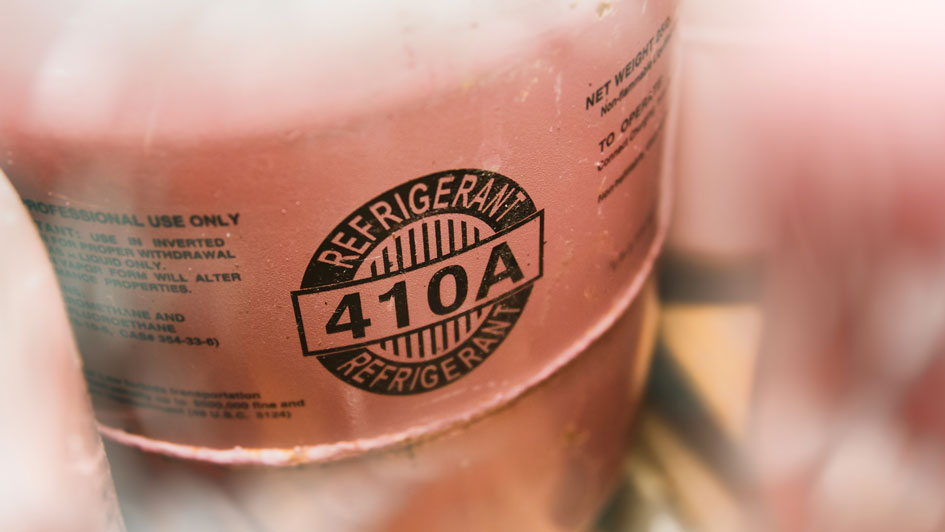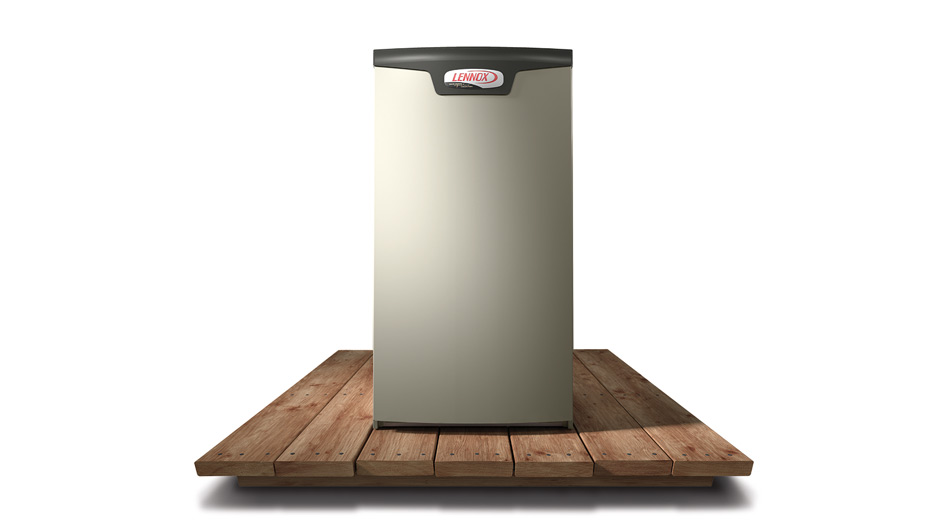Blog
Serving Odessa and These Areas
Redhawk Heating & Air Conditioning
9552 W 42nd St
Odessa, TX 79764
Phone: 432-237-0168
Email: [email protected]
License #TACLA691C
About Redhawk Heating & Air Conditioning
At Redhawk Heating & Air Conditioning, making your home cozy is our highest interest. That’s why we provide lasting HVAC systems and excellent work in Odessa. Our pros are educated in a full range of services, so you can have confidence in your results. They’ll provide the help you are seeking, whether it’s putting in a new HVAC system or working on and tuning up your present system. We’re ready to help with all of your needs, so get in touch with us at 432-237-0168 or contact us online to get an appointment now.
© 2025 Redhawk Heating & Air Conditioning | All rights reserved











